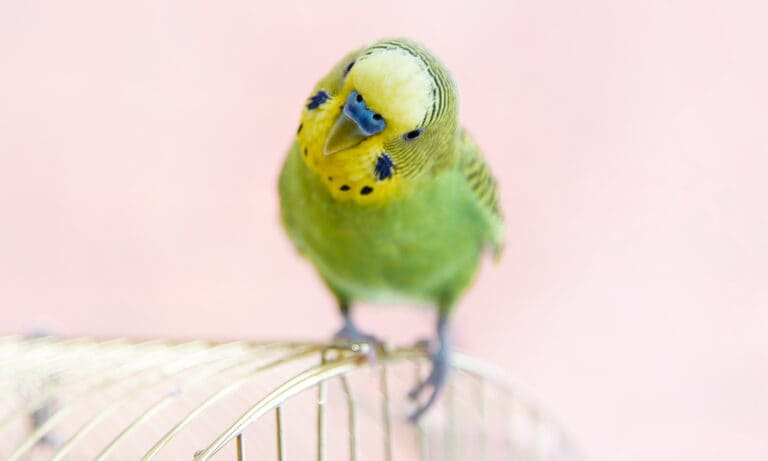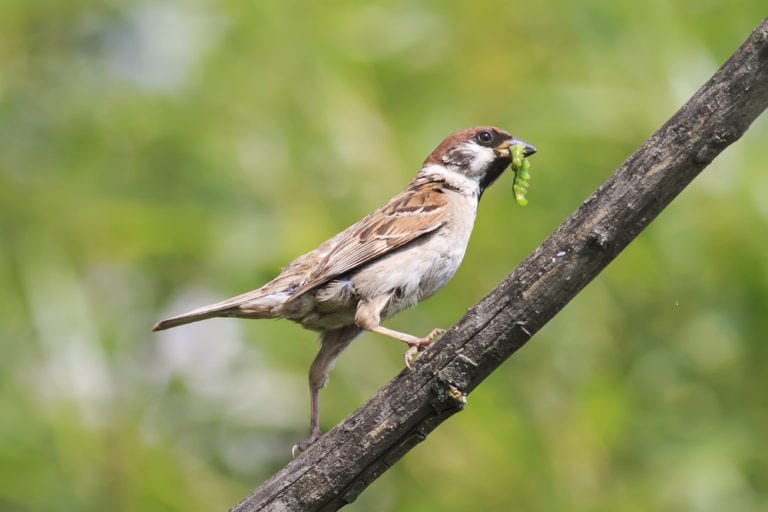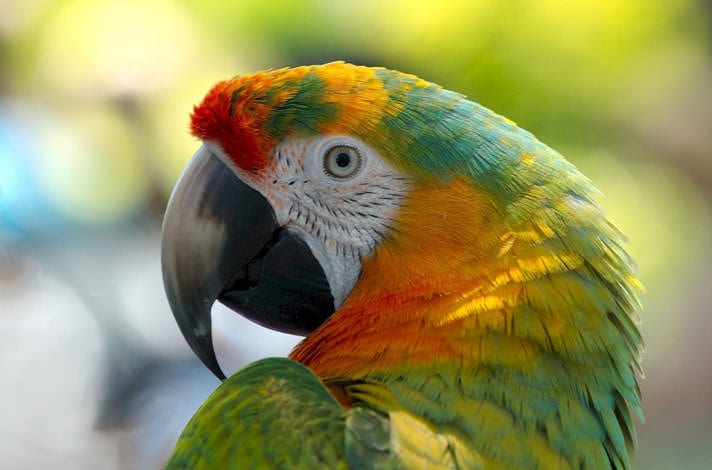A change in a bird’s feather coloration is not always the result of a genetic mutation. With a true genetic mutation, the color changes should appear with the first growth of juvenile plumage, or perhaps with the second growth of feathers.
There are other reasons why a bird’s feather color may change. Cockatiels with severe liver disease, often caused by fatty liver syndrome (hepatic lipidosis), may develop bright yellow feathers. Normal grey cockatiels may show bright yellow feathers where white feathers formerly were. This type of color change is most obvious in lutino cockatiels, which normally have variable degrees of yellow wash to their wing and body feathers. If a cockatiel suddenly appears more yellow, this can be a sign of serious liver problems.
Certain viruses can also cause abnormal feathers; however, this is not a common occurrence. The virus responsible for psittacine beak and feather disease, PBFD, may cause feathers to grow in abnormally colored. For example, some African grey parrots with PBFD will show a number of red body or wing feathers (although other things can also cause red feathers on a grey).
Nutritional problems have been known to cause feather color changes. In addition to causing feather color changes, some nutritional deficiencies will also affect the quality of feathers during development. Color in the feathers is due to the presence of pigments in the feathers, mainly melanins, carotenoids and porphyrins. Melanin pigments are responsible for dull yellow, red-brown, brown and black colors. Carotenoids are obtained either directly or indirectly from plants and are responsible for some yellow, orange and red colors (yellow and red-factor canaries). Porphyrins are nitrogenous pigments derived from plants and are synthesized by birds. These are responsible for some red and green colors (in touracos, for example).
Where Colors Come From
There are two types of colors to feathers, pigmentary colors, which we already discussed, and structural colors, which are produced by interference producing iridescent colors or from scattering of light producing non-iridescent colors. Most blue colors in birds are due to scattering. Iridescence in blue budgerigars, for example, is caused by particles scattering light in air-filled cavities within the keratin of the barbs.
Pigmentary and structural colors are due to the combined action of pigment and structure. Most green color in birds comes from yellow carotenoids pigments combined with physical scattering of light, which combine to create green.
Metabolic problems can also result in feather color changes. If a bird is overdue for a molt, the pigment may actually “wear off” of the feather, resulting in a depigmented feather that appears black.
Stress bars on feathers are areas of dark pigmentation that are caused by a derangement of metabolism or disruption to the nutrition of a bird during the time when feathers are being formed. They will disappear, however, when the bird next molts, as long as the condition is corrected.
Back in the days when birds were being imported for the pet trade, it wasn’t unheard of for an unscrupulous dealer to use a product like Lady Clairol to dye the feathers on a bird in order to disguise its true identity. A rare species might then be imported with a group of more common birds, or a less expensive bird might then be sold as a “more desirable” species. For example, a conure might have its head feathers dyed yellow to pass for a double yellow-headed Amazon parrot. When the bird molted the owner would be in for a surprise, as it would molt back to its original coloration.
Posted by: Chewy Editorial
Featured Image: antpkr/Shutterstock.com
Share:









